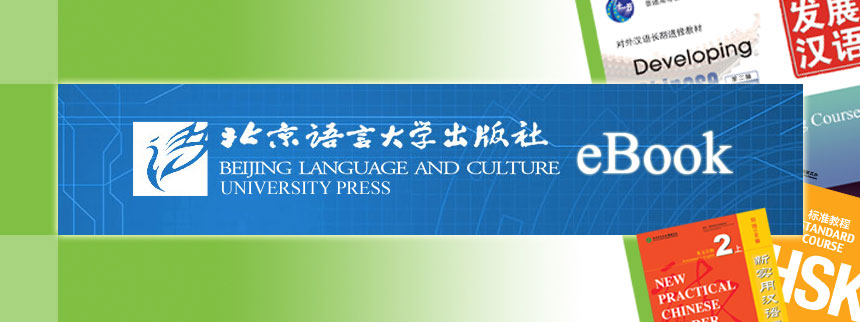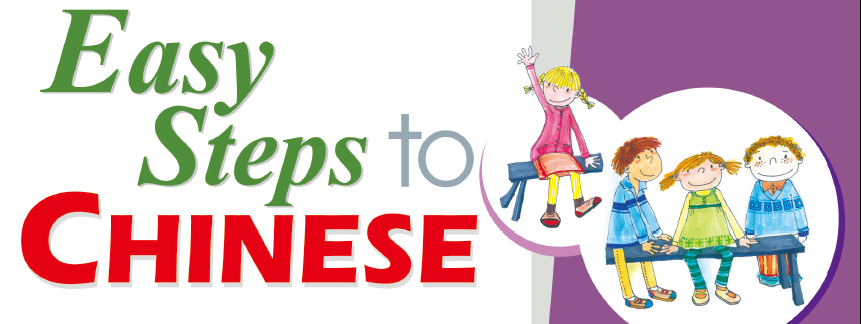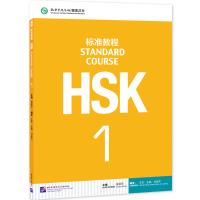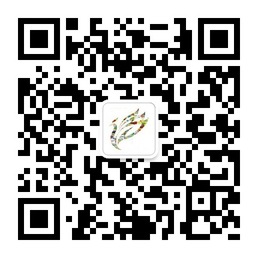
-
2000 BLCUP poin...
Get 2000 BLCUP points online! -
1000 BLCUP poin...
Get 500 BLCUP points online! -
HSK Standard Co...
Authorized by Hanban, HSK Standard Course is devel...
Pep Up Your Chinese
The series of Pep Up Your Chinese is intended for elementary and secondary school students who are non-native Chinese speakers without any learning experience of Chinese. Altogether there are nine units in four volumes. Unit 1 introduces Chinese phonetics in 10 lessons; from Unit 2 to Unit 9 there are three lessons in each unit. The whole series has 50 lessons. Each volume is accompanied by a free MP3 CD, and Volume 1 has an extra workbook of Chinese characters. Adopting a progressive teaching principle, the series gives full consideration to the learning and psychological characteristics of young students. While giving a comprehensive training of the four skills of listening, speaking, reading and writing, it puts more emphasis on improving the students'integrated use of the language. The four volumes present learning of Chinese in four stages, in each of which students will be able to apply what they've learned in real communication, which will give them a sense of accomplishment, and fully arouse their interest and initiative in learning Chinese. Volume One has 20 lessons in three units. Unit 1 consisted of 10 lessons, mainly teaches phonetics, and some Chinese characters as well. There are 5 lessons in Unit 2 and Unit 3. Four class hours (with 40 minutes for each) are needed for each lesson. Upon finishing this volume, students will master about 400 words. Volume Two has 10 lessons in two units, with five lessons in each unit. Six class hours (with 40 minutes for each) are needed for each lesson. Upon finishing this volume, students will master about 350 words. Volume Three has 10 lessons in two units, with five lessons in each unit. Six to eight class hours (with 40 minutes for each) are needed for each lesson. Upon finishing this volume, students will master about 400 words. Volume Four has 10 lessons in two units, with five lessons in each unit. Eight class hours (with 40 minutes for each) are needed for each lesson. Upon finishing this volume, students will master about 450 words. Each lesson is consisted of the following parts: Phonetics, Chinese Characters, Text, New Words and Exercises. Phonetics: Unit 1 teaches Chinese phonetics. Lesson 1 introduces the Scheme of the Chinese Phonetic Alphabet, including 21 initials, 36 finals and 4 tones. From Lesson 2 to Lesson 9, there are initial and final discrimination and drills of a variety of phonetic patterns. Lesson 10 is a reviewing lesson. Although phonetics is the focus of Unit 1, it should be taught through the whole process of teaching. In later stage of phonetics teaching, special attention should be given to the phonetic changes of syllables in words and sentences, and training should be conducted to help students to grasp stresses and pauses in sentences. Chinese Characters: Chinese characters are of importance in Chinese learning for beginners. Volume One is accompanied by a workbook of Chinese characters. Basic strokes and stroke orders should be the emphasis when teaching Chinese character. Practice is needed to help students master the ways of writing basic components of Chinese characters. Demonstration is needed in the beginning stage to help cultivate students’ habit of writing Chinese characters in a correct way. Practice of decomposing compound characters are recommended to help students master the basic structure of Chinese characters within a short period of time. Text: All the texts are presented in the form of dialogues, centering on topics that elementary and secondary school students’ are interested in, such as their daily life, learning, etc. The dialogues are conducted among several young foreign students studying in China who talk about their life, study and their Chinese friends. The language used is simple, easy and vivid, which appeals to elementary and secondary school students. Teaching of the texts should be based on the teaching of grammar. Through listening and reading, reading after the teacher, reading aloud, reciting, and role-playing, students will effectively improve their skills to communicate in Chinese in a favorable language environment. New Words: There are altogether 1,600 new words in the series. Most of these words are of level A and B characters according to HSK Guidelines for Chinese Words and Characters. The number of vocabulary presented in each lesson increases along with the improvement of students’ competency. Supplementary new words are new words from exercises. For these words, only the characters and their pinyin are listed. Part of speech and English annotation can be found in Vocabulary at the back of the textbook. The teaching of these words is flexible, with minimum requirement of students’ being able to recognize and read them. New words should be taught in specific linguistic contexts. Detailed explanations and a large volume of practice is necessary for students to master the meaning and usage of the words. Exercises: Taking young students’ characteristics and the rules of second language acquisition into consideration, we highlight vividness and comprehensiveness in the design of exercises. Through a large amount of mechanic and half-mechanic drills and communicative and task-based exercises, students will be able to consolidate the words and expressions, grammar, and sentence patterns they’ve learnt to complete communicative tasks in Chinese. One or two ancient Chinese poems are presented with flexible requirement for students’ mastery. Starting from Volume Two there is a reading passage in each lesson. The topics of the passages are closely related to students’ life and cover Chinese culture, customs and traditions. Teaching Tips We recommend a teaching method of "new words – sentences – texts". While teaching grammar, try to use Chinese as the teaching language as much as possible. Explain grammatical points in vivid and direct methods by using pictures and actions. Help students understand the meaning and prerequisites first, then grasp the basic structures, and finally achieve mastery through a large amount of drills. As for the new words, students get to understand and memorize them and know how to use them through pattern drills and text learning. Besides, we also provide on the Internet rich teaching resources free of charge for teachers, such as teaching focuses, grammar annotation, teaching suggestions and answer keys to exercises of each lesson, etc. The teachers can login on the Pep Up Your Chinese section on the website of Beijing Language and Culture University Press (www.blcup.com) to download the free teaching materials.
















